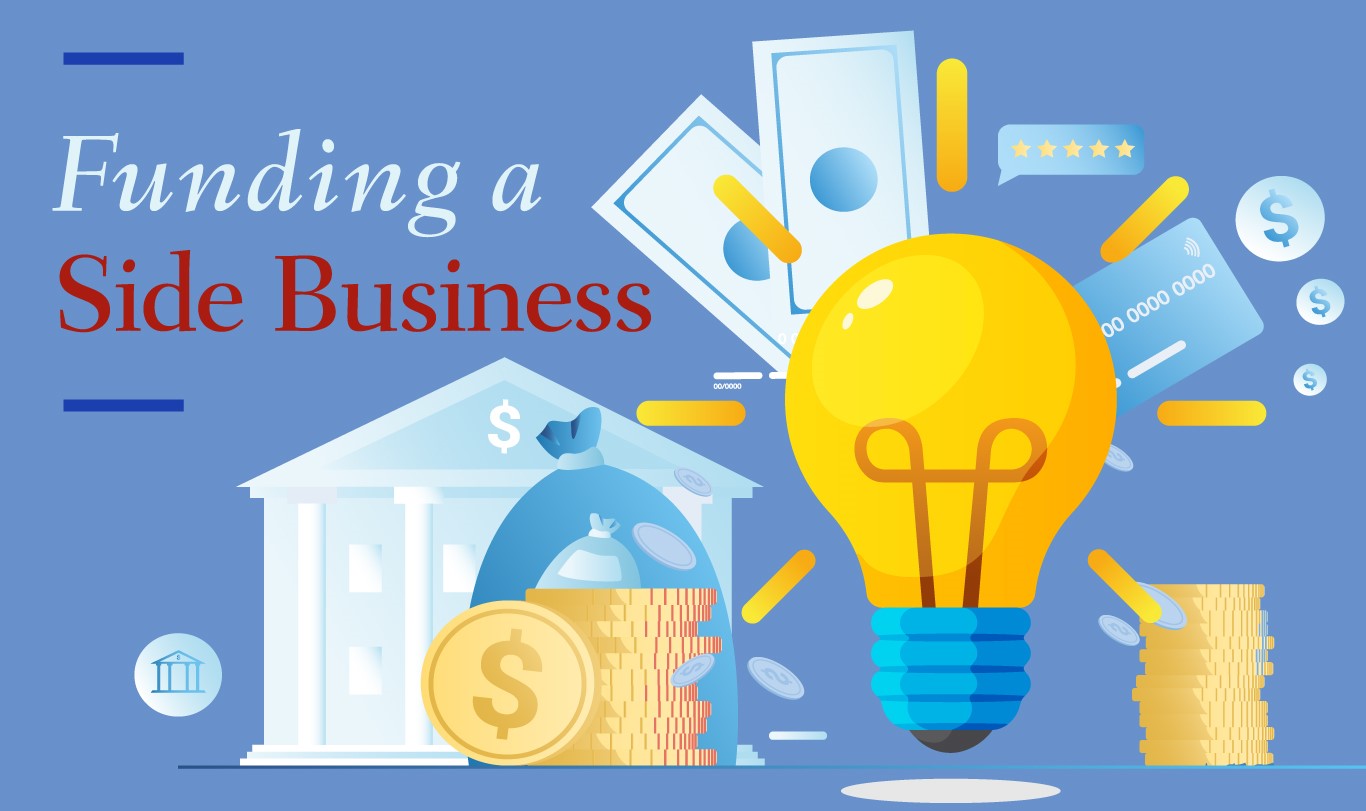
It’s perhaps the one silver lining that’s emerged from the cloud of last year’s COVID lockdowns—the realization of just how untethered many of us can actually be from the traditional office workplace. Technology has not only freed us from the normal 9 to 5 office confines, it’s empowered us to become far more productive and efficient in our work. In fact, given the increasingly digital nature of our lives, it’s easier than ever to establish your own side business without taking on the risk associated with walking away from your current career.
A ‘side hustle’ can be an invaluable source of supplemental income—allowing you to reduce your current debt burden more quickly, put aside more money in tax-deferred savings for retirement or a child’s education, or simply build an investment portfolio for future income needs. And based on recent data, more Americans than ever are taking the plunge:
Gig work has become such a growing industry, that a number of high profile travel destinations (e.g., Costa Rica and Bali for example) are exploring extending visa limits to attract distance workers by allowing them to reside longer in the country.3 One region in Portugal is even offering free co-working spaces, affordable homes to rent, and organized social events for digital nomads —a first in Europe.3
So, where do you begin? How do you turn that idea that’s been kicking around in the back of your mind for the last few years into a viable business? And just as importantly, how can you go about obtaining the funding you need to get it off the ground?
Start with a plan
A thoughtful, comprehensive business plan isn’t just an essential tool for obtaining financing for your business—it’s an opportunity to think through all the variables that will impact the viability and long-term success of the endeavor—helping you to navigate roadblocks and avoid any pitfalls along the way.
There are countless online resources to help build your business plan, but at a minimum it should include all of the following:
For help in figuring out what your start-up costs will be, contact your local office of the U.S. Small Business Administration. They can provide valuable resources and checklists as well as put you in touch with a local entrepreneur who can help answer any questions you may have.
Potential funding sources
The funding required to start a side hustle will vary greatly depending on the scale and scope of the business. For example, if you’re planning on providing freelance software programming, your costs will likely be far less than if you want to start an e-commerce enterprise that requires expensive materials and inventory.
Depending on your needs, there’s a wide range of potential funding sources you’ll likely want to explore and consider, including:
Self-funding—if you have the means, this is generally the preferred course of action since it allows your business to launch unencumbered by any debt. While it may necessitate starting a little smaller and growing gradually, a debt-free side business carries a lot less risk.
Family, friends, and business associates— you certainly don’t want to risk damaging personal relationships by mixing them with business. But people who know and trust you may be far more willing to offer low-interest loans to help fund your business (especially given the minimal returns they’re currently getting from traditional vehicles like CDs and Treasuries).
Grants—grants are essentially free money for your business, so competition for them is often very fierce. Depending on the nature of your business, however, there may be grants available through federal, state, and local government agencies as well as possible corporate grants from companies like Amazon, FedEx, or Etsy. You’ll need to be able to make a compelling case for why your business is deserving, and there may be some strings attached regarding how any grant funds may be used.
Bank and SBA loans—if you have a strong personal credit history, the more traditional bank or SBA loan avenue may be your next best source of funds. While this will require you to take on debt (with a market rate of interest) which you’ll need to repay over time, you won’t have to give up an ownership share of your business. Funding can take a number of forms including short-term loans, lines of credit, and equipment or inventory financing.
Crowdfunding—depending on the uniqueness and potential ‘buzz’ of your business, you might also be able to successfully raise funds using one of the popular crowdfunding platforms such as Kickstarter—where a large number of people invest smaller amounts in your business in exchange for various reward tiers. There are fees associated with using these platforms, and success will require a strong marketing effort, but for the right kind of start-up they can prove a valuable source of funding.
We’re here to help you get started
Side hustles may have started out as a way for people making less to supplement their earnings to help make ends meet. But a growing number of wealthy individuals are also turning to gig work for different
reasons—as a way to turbocharge their retirement savings, simply as an outlet for their creative side, or to begin building a financial legacy for the next generation.
Thinking about joining this new wave? Talk to your BLBB advisor about your business plans and the associated funding requirements. Together we can explore strategies to get you up and running. Who knows—today’s side business could turn out to be your post-retirement ‘second act’ career.
1 “Insights on the Game-Changing Gig Economy,” SMB Group, October 2020
2 U.S. Census Bureau Data Formation Statistics, March 2021
3 “Covid-19 Prompts More To Grasp For Digital Nomad Dream,” Barron’s, February 2021
©2024 BLB&B Advisors, LLC. - PRIVACY POLICY – SITE USE POLICY – DISCLAIMER – ADV Part 2A – FORM CRS